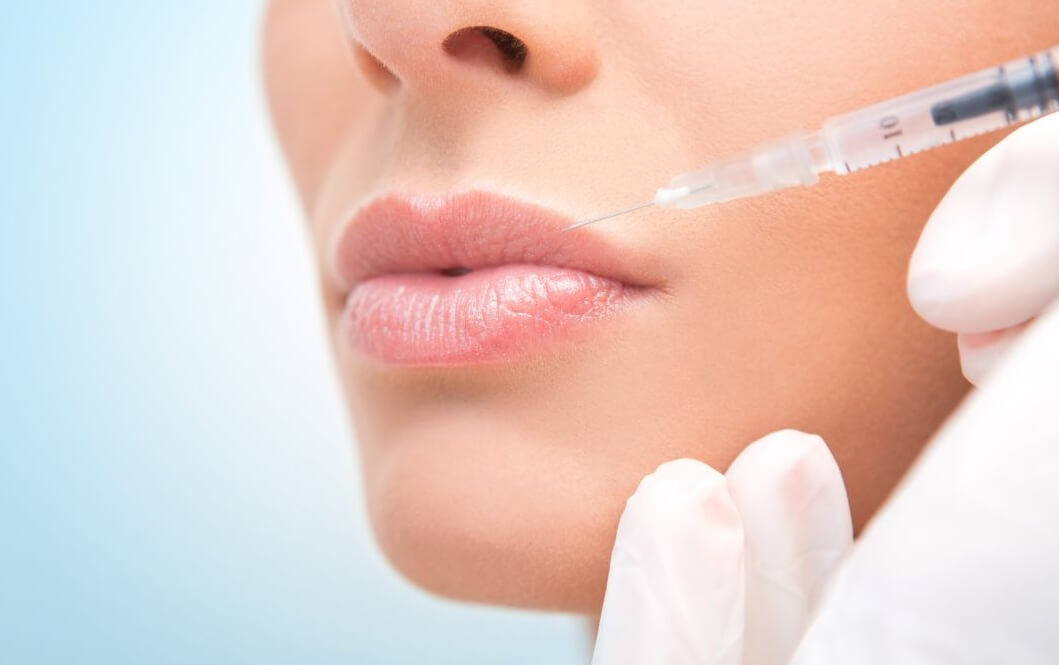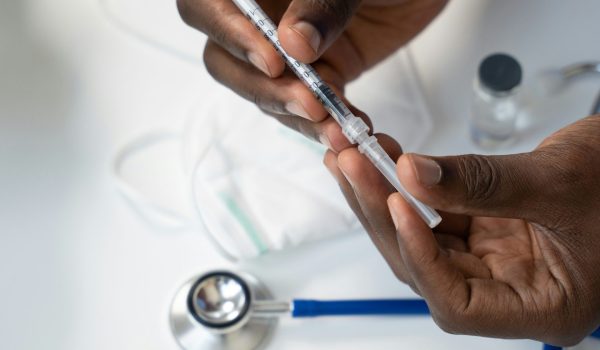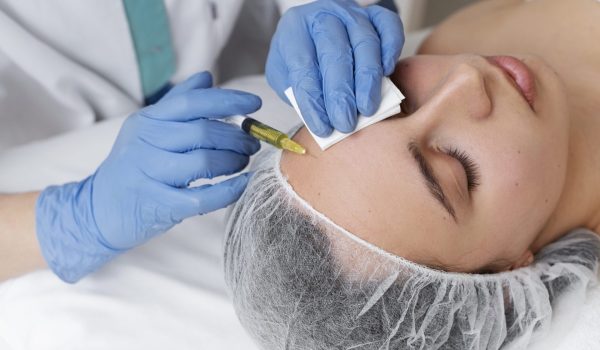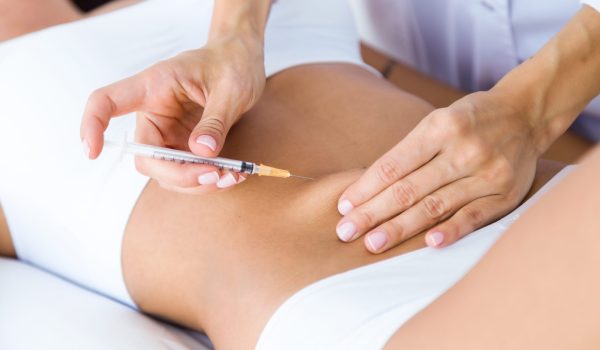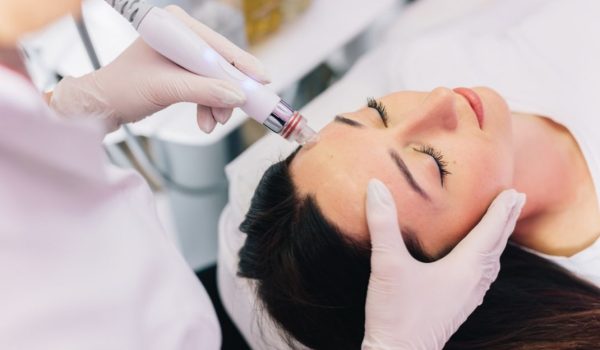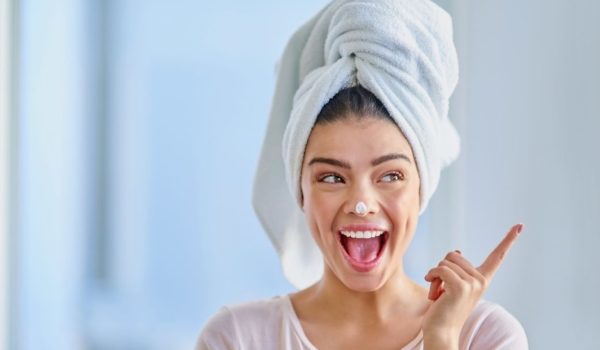Lip Flip vs Filler: Which is Best for Your Client?
-
By: Adam Diwan
-
March 11, 2024
Lip fillers have become popular in cosmetic treatments, with lip flips and fillers at the front of cosmetics.
These procedures cater to different aesthetic goals, and choosing the right one depends on individual preferences and expectations.
This article aims to provide a comprehensive guide on lip flips and fillers (including dermal fillers), covering their purpose, treatment processes, expected results, potential side effects, price, reversibility, and frequency.
By the end, you’ll be equipped with the information needed to make an informed decision about lip flip vs filler.
Purpose
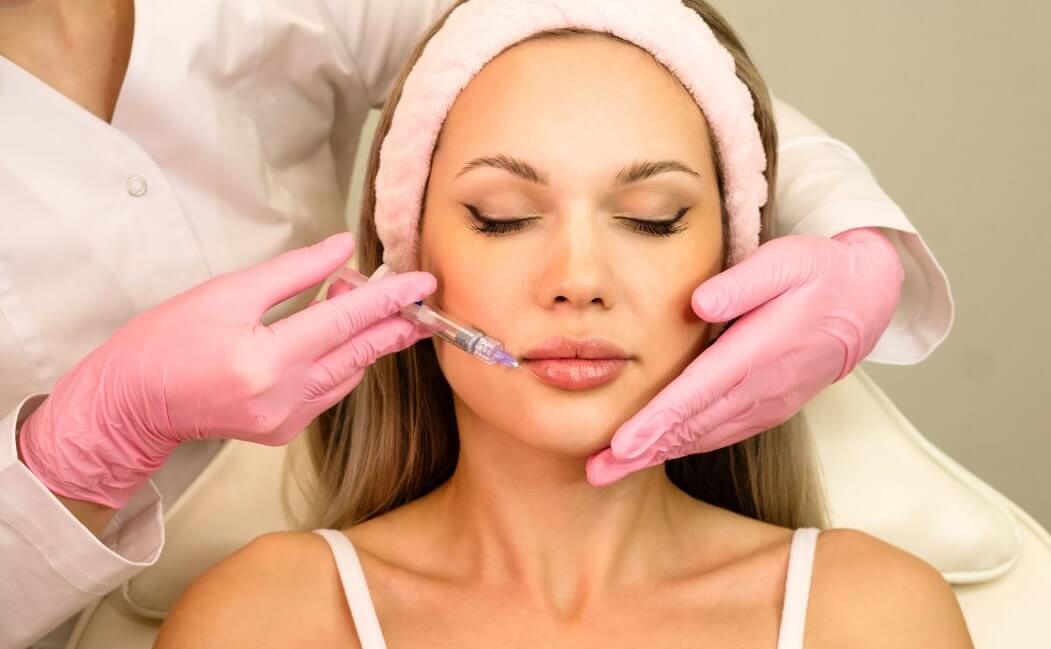
Lip flips and fillers serve distinct purposes in changing your lip appearance.
A lip flip uses Botox to relax the muscles around the upper lip, causing it to flip slightly upward and outward for a subtle improvement.
Ideal candidates are those seeking a natural look with a slightly fuller upper lip without adding volume.
Lip fillers involve injecting hyaluronic acid-based substances into the lips to add volume and shape.
This method is suited for those desiring a more noticeable change in lip size and contour.
Both treatments match broader cosmetic goals, but their suitability varies based on the desired outcome and individual lip structure.
Treatment Time
A lip flip treatment typically takes about 10-20 minutes.
Preparation involves a consultation to determine suitability, followed by a series of small Botox injections into the upper lip area.
Post-treatment care is minimal, with results appearing in a few days.
Lip fillers, on the other hand, take about 30-60 minutes, including consultation, numbing, and the injection process.
Post-treatment care includes avoiding certain activities to reduce swelling and bruising.
Both treatments are conveniently offered in clinics, making them accessible options for those with busy schedules.
Results
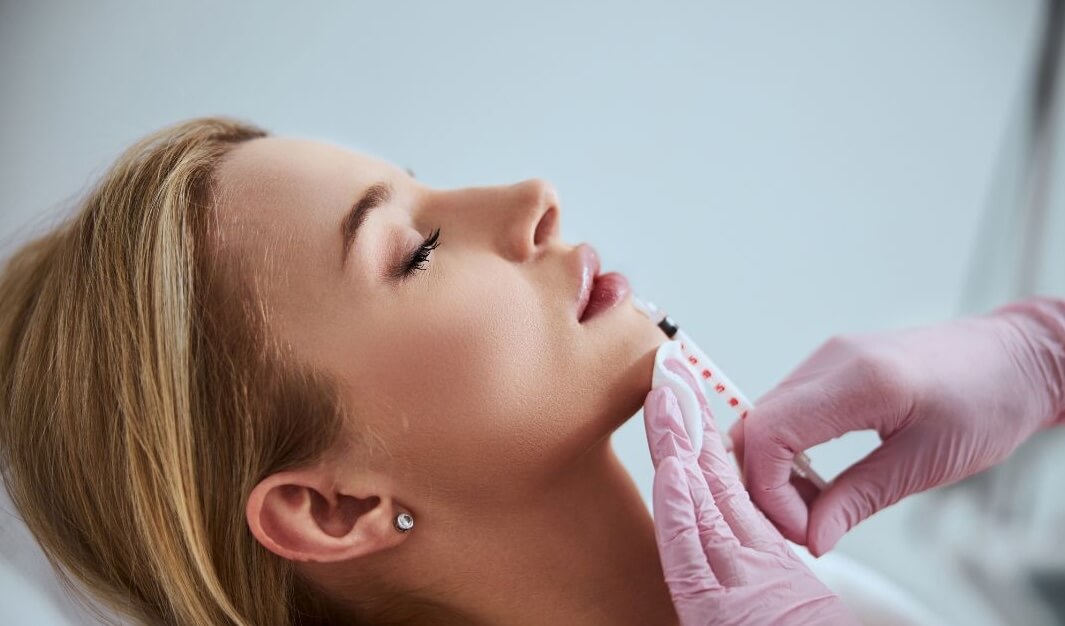
The results of a lip flip are subtle, providing a natural-looking change that lasts about 2-3 months.
Full benefits are typically seen within a week. Lip flips are ideal for those seeking a temporary, understated change.
Lip fillers offer more dramatic results that last between 6-12 months, depending on the type of filler used and individual metabolism.
Immediate improvement is visible, with final results settling after a few days.
Before-and-after scenarios can illustrate the significant differences between these treatments, helping clients visualise their potential outcomes.
Side Effects
Common side effects of lip treatments include mild swelling, bruising, and discomfort at the injection site, usually resolving within a few days.
Severe reactions are rare, but you need to follow post-treatment advice to minimise these effects.
Lip fillers may cause swelling, bruising, and tenderness, lasting up to a week. There is a small risk of more serious complications, such as lumps or uneven results, which can be corrected with additional treatments.
Understanding these side effects helps manage expectations and allows for a smoother recovery.
Price of Product
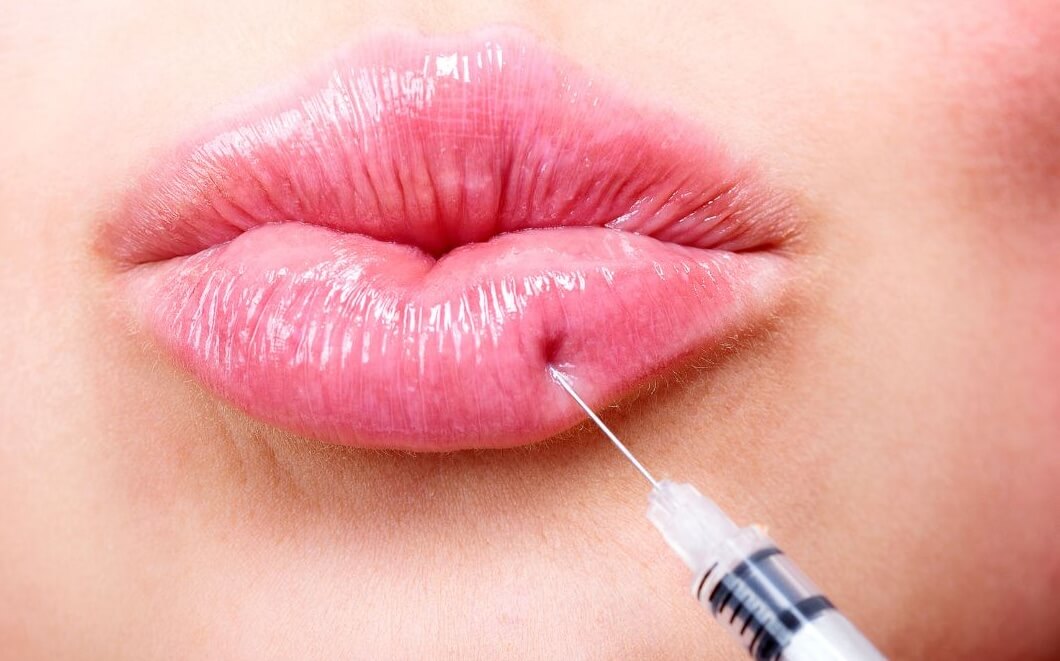
The cost of a lip flip ranges from £100 to £400, depending on the clinic and region.
Factors influencing the price include the practitioner’s experience and the clinic’s reputation. Lip flips are generally more affordable but require more frequent treatments.
Lip fillers cost between £300 and £1,000 per session, varying based on the type and amount of filler used, and the clinic’s location.
While more expensive upfront, the longer-lasting results can make them more cost-effective over time.
When comparing lip treatment costs, check our page on comparing lip treatment costs.
Reversibility
Reversibility is a key consideration in cosmetic treatments.
Lip flips are not easily reversible, but their temporary nature means any undesired effects will fade within a few months. Adjustments can be made in subsequent treatments for better results.
Lip fillers offer more flexibility, as hyaluronic acid fillers can be dissolved with an enzyme called hyaluronidase if needed.
This reversibility provides peace of mind for those hesitant about permanent changes, allowing adjustments or complete removal if the results are unsatisfactory.
Frequency
To maintain the results of a lip flip, treatments should be repeated every 2-3 months.
This frequency means the effects remain consistent but can add to the overall cost and commitment.
Lip fillers typically require maintenance sessions every 6-12 months.
The longer duration between treatments makes fillers a more convenient option for those preferring less frequent appointments.
The frequency of treatments impacts the overall cost and maintenance required, so planning ahead is beneficial.
Both lip flips and fillers offer unique benefits for the appearance of lips.
The choice between them depends on personal preferences, desired outcomes, and considerations such as cost, side effects, and treatment frequency.
Consulting with a professional is needed to determine the most suitable option based on individual circumstances.
Related Posts
-
By: Adam Diwan
-
September 23, 2024
How to Start an Aesthetics Business
-
By: Adam Diwan
-
September 23, 2024
Top 5 Fat-Dissolving Products to Use in Your Clinic
-
By: Adam Diwan
-
July 23, 2024
Top 10 Vitamin Injections for Health and Beauty
-
By: Adam Diwan
-
July 2, 2024
How to Switch from Saxenda to Mounjaro
-
By: Adam Diwan
-
June 25, 2024
Mesotherapy vs Microneedling: A Side Effect Guide
-
By: Adam Diwan
-
June 18, 2024

